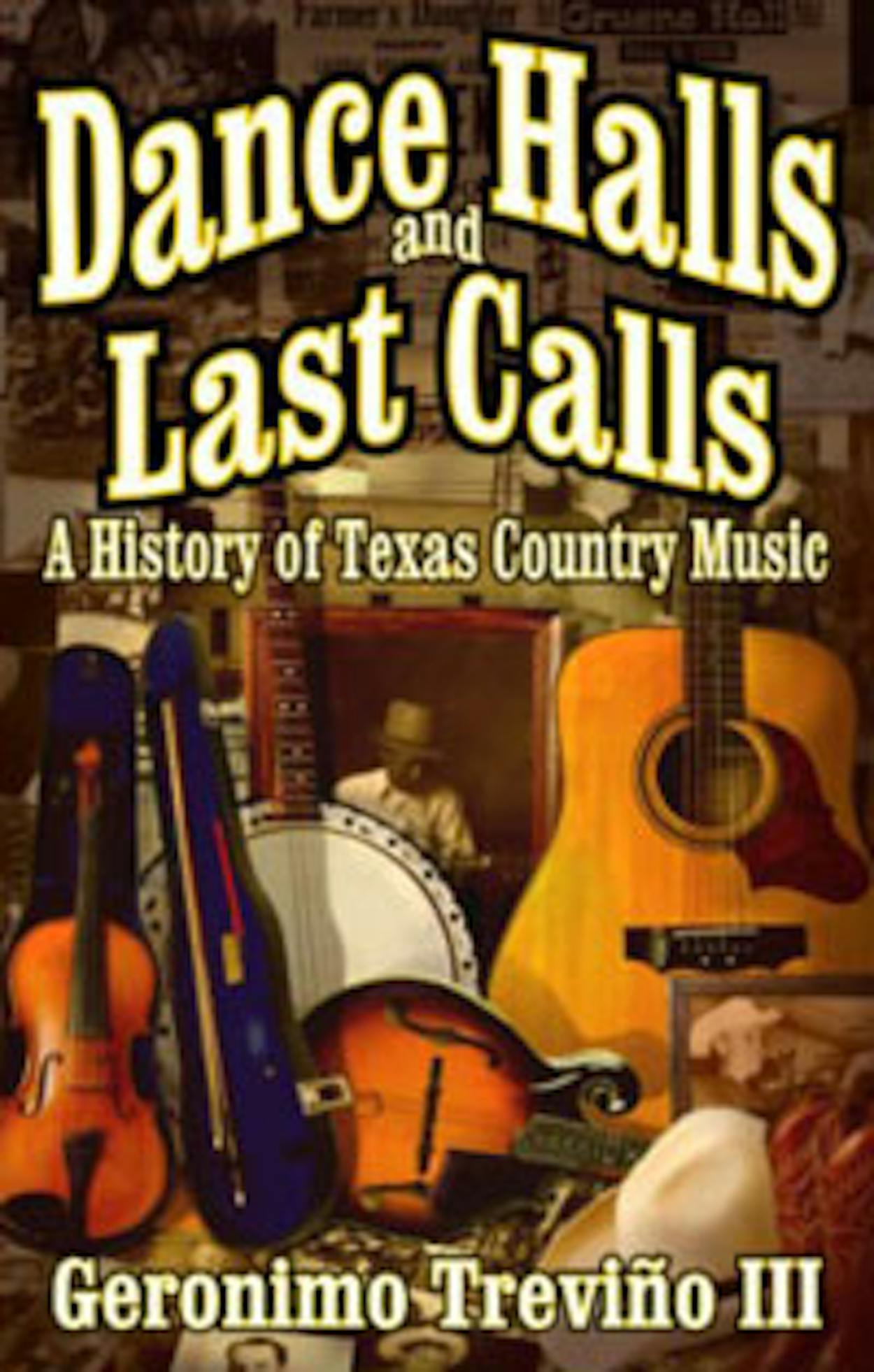IN DANCE HALLS AND LAST CALLS: A History of Texas Country Music (Republic of Texas Press), Geronimo Treviño III explains the intertwined relationship between dancing and music—as far as the Texas version of country music goes. Because in Texas, more than anywhere else, the venue dictates the music. If you can’t boot-scoot to the sounds being played onstage, it really isn’t Texas country.
From Bob Wills and Milton Brown through Adolph Hofner, Ernest Tubb, Hank Thompson, and Lefty Frizzell to Willie Nelson, Johnny Bush, and Terri Hendrix, the Texas dance hall has launched careers and fostered appreciation of traditions such as waltzes, polkas, the Texas two-step, the cotton-eyed Joe, the Paul Jones, and the Chicken Dance. Through his cataloging of more than one hundred halls and their communities, Treviño brings this part of the state’s culture to life, making a persuasive argument for preserving these dance halls as living, breathing pieces of Texas history before they’re lost, forgotten, or torn down. Understand, the dance hall predated the movie theater as a spot that offered entertainment. The hall provided a focal point for social gatherings in a community, and despite the explosion of diversions available to folks today, many venues such as Gruene Hall in Gruene, Crider’s Rodeo and Outdoor Dance Pavilion in Hunt, and the John T. Floore Country Store in Helotes still draw the crowds.
Dance Halls and Last Calls could have been more thorough, though. Treviño overlooked the East Bernard Riverside Hall in East Bernard, the Rodair Club in Port Arthur, the Sons of Hermann Hall in Dallas, the Hoyle Nix’s Stampede in Big Spring, and the Aviatrix in Amarillo. But for every omission, there is a revelation (at least to me), such as the KJT Hall in Ammansville, Henry’s Hideout in Fetzer, and Weinheimer Dance Hall in Stonewall. In other words, compared with what has preceded him, Treviño covers the wooden-floor circuit like he was born to schottische.








